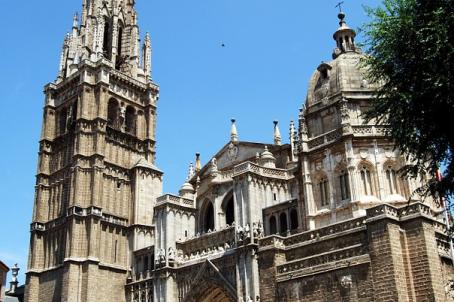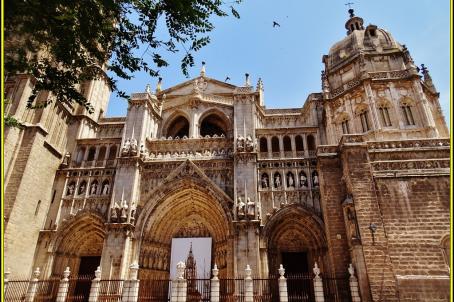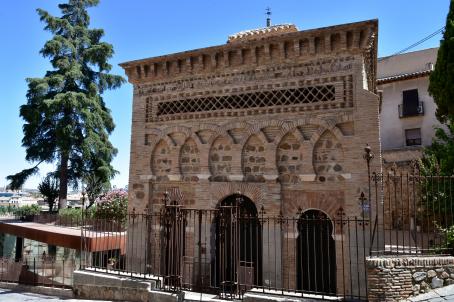Mosque of las Tornerias
This modest former mosque has an unusual square plan, the function of it changed drastically over the course of history and now it houses the "Foundation Center for the Promotion of Crafts" that hosts temporary exhibitions.
About this building
A mystery bewildered archeologists for a long time, the original function of the monument remained unclear until in 1905, archive search found out that it was a mosque dating back to 11th or 12th century. Over the course of time, it was converted to an inn, guild headquarters and even a local domicile. The vicissitudes stripped off the iconical architectural elements of a mosque, such as the mihrab and the pulpit, which made the experts hard to conclude whether it was a Moorish synagogue or a mosque. Now the original traces include the vaulted bays and columns.






